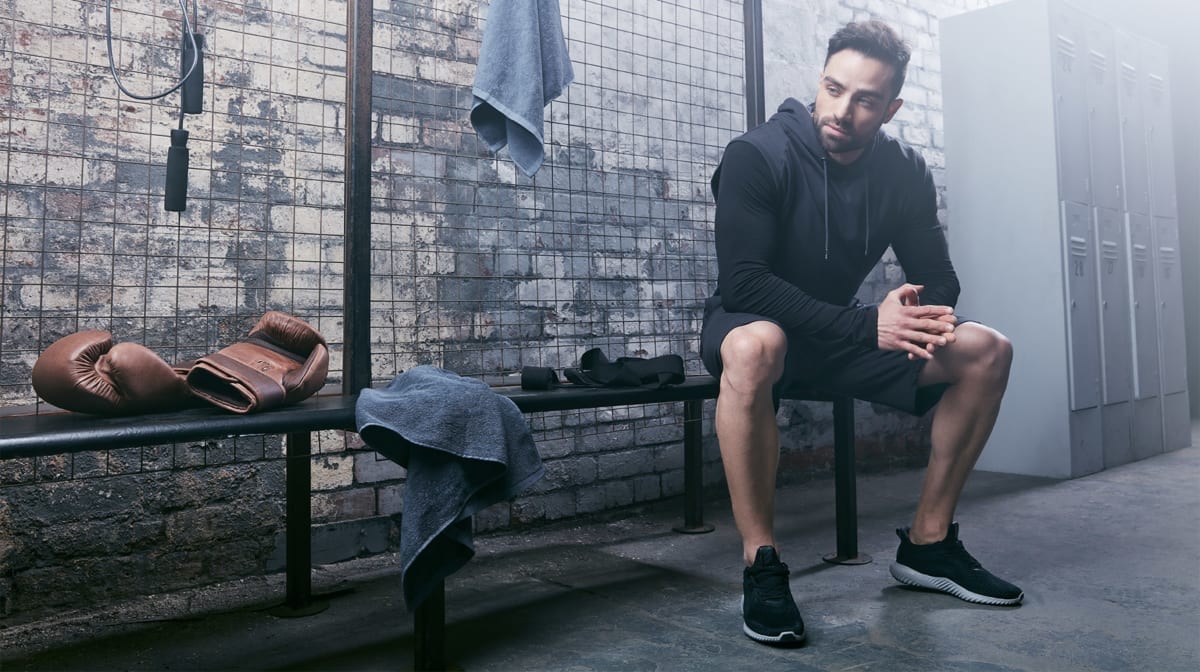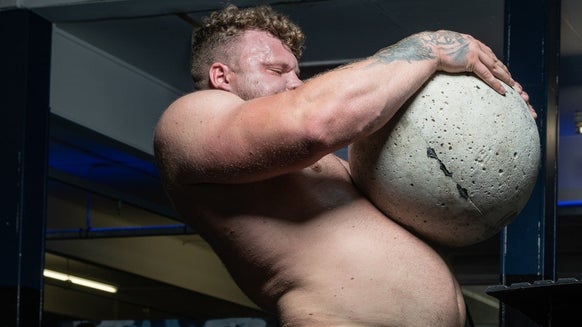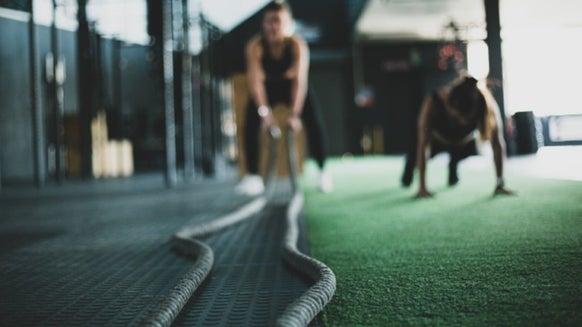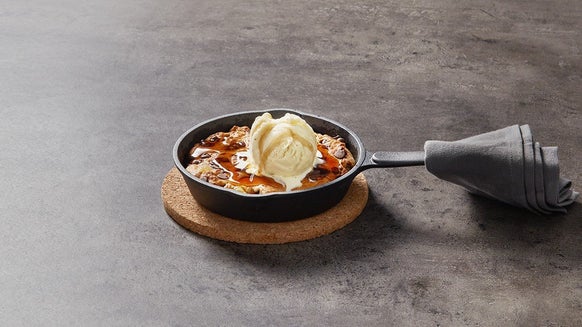4 Best Rear Delt Exercises For Stronger Shoulders

Your rear delts are one of the most neglected muscles.
Well-rounded shoulders are easy to spot. You may have a strong chest, which takes care of the state of your front delts, but unless you give your rear delts the time of day this can result in a sunken, deflated appearance at the top of your arm. This will also mean that your rear delts are not likely to be in the same condition as your oft-worked front delts, resulting in imbalanced strength that could affect other lifts that involve these prominent muscles.
What Is The Rear Delt?
Your deltoid muscle is the rounded triangle-shaped muscle at the very top of your arm where your arm meets your shoulder. It is often commonly referred to as your shoulder muscles, not to be confused with your traps or upper back. Deltoids, or delts, are comprised of three bands of muscle fibre, which are the three major parts of your shoulder: the anterior (located on the front of your arm, leading onto the chest), medial (the middle slither of muscle that is just off centre when looking at your shoulder in profile) and posterior, or rear, deltoids (at the back of your arm).
The anterior (front) delt assists your pecs when flexing your shoulder, and works alongside the pecs and lats to rotate the humerus. The posterior (rear) delt assists your lats when extending the shoulder.
Electromyography reveals the deltoid muscle consists of at least seven groups of muscle fibres, which are independently controlled by your nervous system.

4 Best Rear Delt Exercises
Single joint exercises are not the best way for building serious mass and strength because you cannot lift as heavy when several muscle groups and joints are involved. They are, however, a good way to target a specific muscle like the rear deltoid to pre- and post-exhaust it either side of a heavy compound lift.
Aim for 3 sets of 8-10 reps of a weight that you are comfortable with. Remember, you need to feel the targeted muscle contract, so don’t leave it all to your shoulder joint thinking this will get the job done. To avoid this, lift slowly and purposefully at a lighter weight so that you ensure your muscle is doing the lifting, rather than raising and ‘catching’ the weight on the way down.
The delt head that you work first will improve the fastest. You might consider a single-joint isolation exercise like a reverse cable fly before working your middle and front delts. By doing this, the rear delts get the priority among the single-joint movements after you do your presses.
If you consider shoulders and back workouts separately and approach them on consecutive days, you rear delts may not be getting the rest they require to grow – stick a full rest in between. Along with shoulder presses, both standing, seated, cabled, or with dumbbells or barbells, here are the best rear delt-targeting exercises:
1. Rear Delt Fly
Practically speaking, the rear delt fly is the opposite to a chest fly. It may be performed using a fixed motion machine or with dumbbells. When using free weights, set up a bench at an inclined angle and face the headrest with your chest against it for support. Begin with the weights in front of you so that you are bringing them slowly back in a horizontal movement.

2. Rear Delt Cable Fly
Similar to the previous exercise, using cables will allow you a more natural range of movement and will also let you lift heavier weight than you would with dumbbells while taking balance out of the equation.
3. Rear Delt Raise
These may be performed from a seated or standing position. Either way, you need to begin with your chest facing the floor as much as possible. The dumbbells, in each hand, should be together with your arms extended in line with the middle of your chest. Raise your arms back, keeping them straight as in a rear fly until they are just past your back, then lower.
4. Rear Delt Row
This exercise can be performed several ways. The general aim is to begin with your arms extended straight ahead of you and pulling a weight back in a rowing motion. If you do not have access to cables or fixed motion machines, you may perform the exercise using dumbbells while straddling an inclined bench.

Take Home Message
Your front deltoid (anterior) gets a good workout from popular exercises such as press ups, chest and shoulder presses. The rear deltoid, located at the back of the top of your arm, isn’t targeted as often during these more commonly favoured workouts. You’re not alone if you have a preference for working on the parts of your physique that you can see in front of you. Then again, even on back-day it is easy to miss out your rear delts, which are responsible for extending your shoulders.
To build your read delts you need to target them with the aforementioned isolating exercises alongside heavy compound lifts such as standing shoulder presses and Arnold presses.







